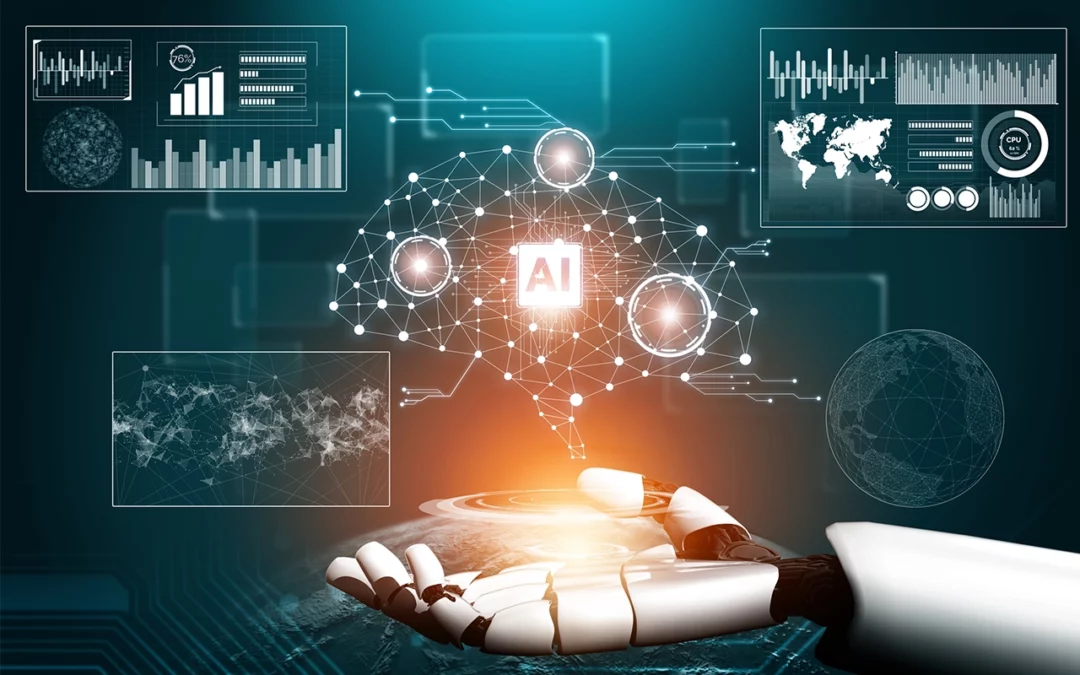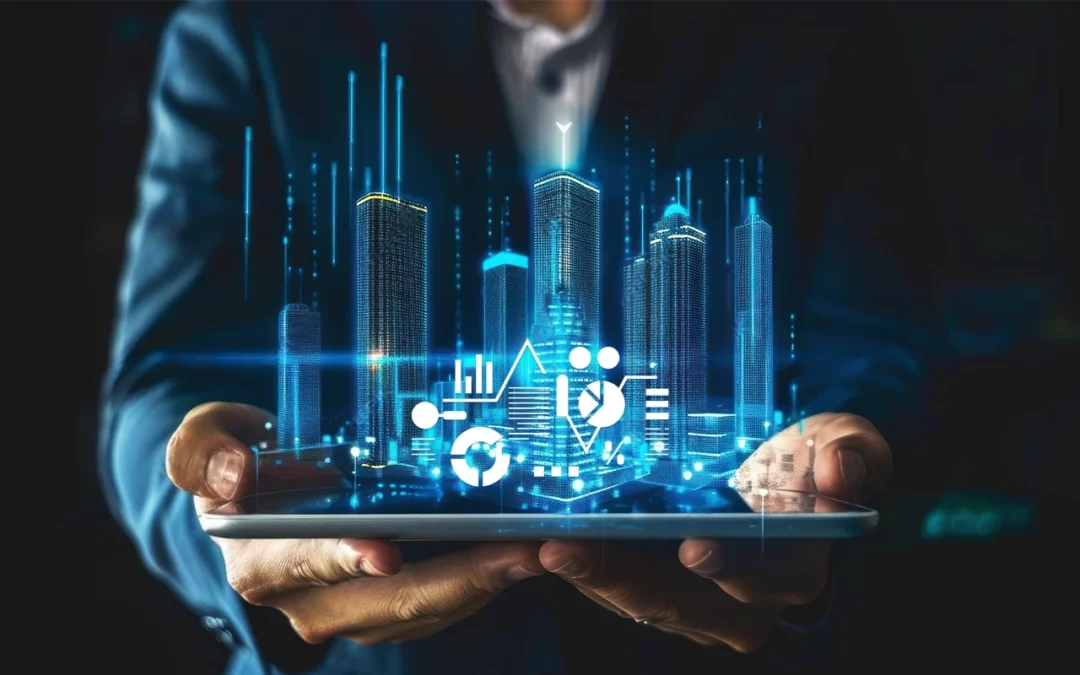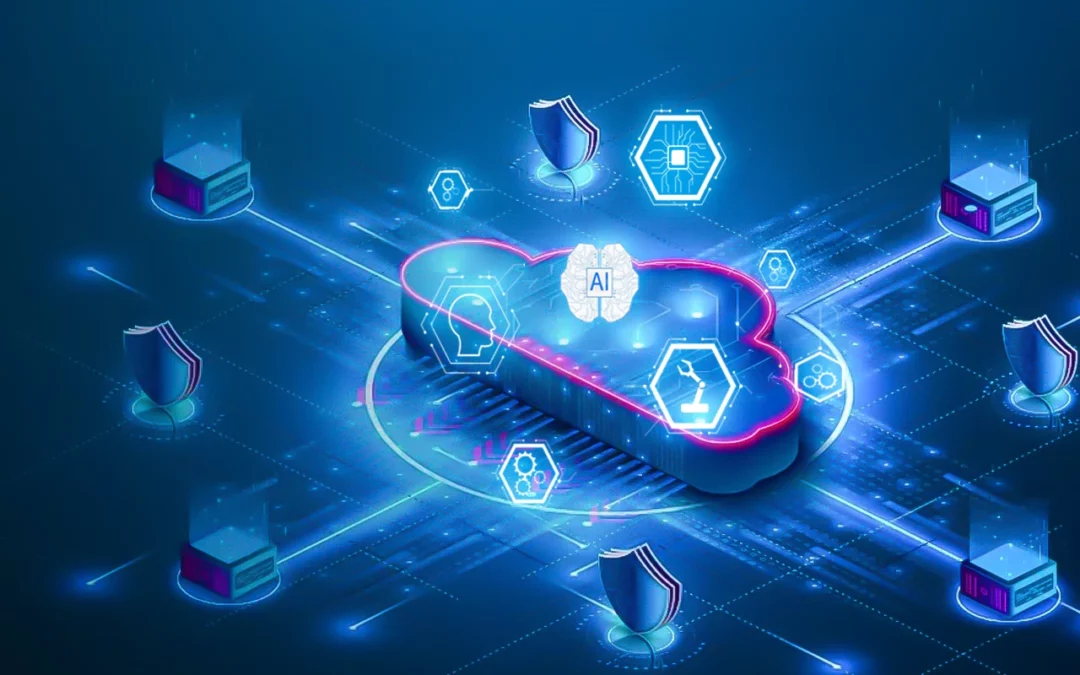Generative AI is single-handedly transforming the very fabric of how we work, learn, and engage with one another — an impressive feat considering that the most recent innovation preceding it was the COVID-19 vaccine. Now, individuals and companies are scrambling to learn, understand, and monetize generative AI.
What is Generative AI?
A quick scroll through your social media feed will result in posts by friends and celebrities with AI-generated 90s-style yearbook photos. Nobody had to go back to the past just to take these nostalgic portraits. All they did was download an app and upload their existing photos to prompt the AI to generate new ones. The result: content that audiences are eager to consume.
Creation used to be a uniquely human ability. But generative AI proved that machines could simulate imagination and creativity. Today, AI can conjure poems, songs, paintings, and code, among many others. We are, indeed, standing at the threshold of the era of generative AI.
Generative AI refers to artificial intelligence systems that learn from vast amounts of data and generate entirely new images, text, music, videos, or code based on their learnings. Before generative AI, artificial intelligence was typically used to classify or infer based on data points. For years and years, AI automated the tedious task of determining whether an image was a dog or a cat. Generative AI took the bold step of creating a new picture of a dog, a cat, or whatever animal — real or fantastic — you can think of. The possibilities in business, creation, software, and other industries exploded.
Generative AI in business
Used effectively, generative AI levels the playing field even for businesses, big or small. It made it possible to create things fast and with fewer resources. While noting that generative AI is still in its early stages and comes with its own set of ethical considerations, it opens up opportunities for organizations:
- Boost efficiency. Automate content creation processes like drafting reports or designing graphics to significantly reduce time and resource expenses.
- Enhance creativity and innovation. With AI suggesting designs, content, or solutions, human workers can get inspiration to think outside the box.
- Personalize at scale. Tailor content to specific users or audiences, improving engagement and user experience.
Generative AI platforms
When it comes to harnessing the power of generative AI, several pioneering platforms have emerged, each offering unique capabilities that can transform the way we interact with technology and creativity.
Conversational AI
- ChatGPT. Developed by OpenAI, ChatGPT is a leading conversational AI model. It has the ability to generate human-like text based on the input it receives, effectively revolutionizing the landscape of chatbots and customer service tools. It is founded on the large language model (LLM), an AI algorithm that works by successfully predicting the next word in the sentence, giving it the ability to produce high-quality text.
- Google Bard. Google Bard is a creation of Google and is another powerful platform for conversational AI. It excels in writing and translating text in various languages while delivering informative content.
- LLama 2. Created by Meta, Llama 2 is an open source framework that empowers users from various industries including research. However, it’s important to note that LLama 2 requires deployment on a Cloud infrastructure for practical use.
Text-to-image AI
- DALL-E 2. Also from OpenAI, DALL-E generates pictures based on prompts given by the user. It can create realistic images based on various concepts, attributes, and styles.
- Stable Diffusion. The users of Stable Diffusion, created by Stability AI, are more advanced than the users of other creative AIs, but the platform’s resulting graphics are stunning. It can also modify photos by adding details as the user sees fit.
Impact and implications of generative AI
Generative AI has the potential to revolutionize every aspect of human life. Here are some examples.
Education
- Personalize learning. Create personalized learning experiences for each student based on their needs, learning styles, and interests.
- Provide feedback. Free up teaching resources from piles of papers and exams to check. Generative AI can provide students immediate and personalized feedback on their work.
- Generate new content. Create new educational content, such as textbooks, lesson plans, and practice exercises.
AI-driven learning can assist students beyond school hours, ensuring everyone gets the attention they deserve. Studying can be more interactive, be tailored to individual requirements, and produce better learning outcomes.
Workplace
- Automate tasks. Automate many repetitive and time-consuming tasks like providing technical support, summarizing minutes of meetings, and assigning action items.
- Generate new ideas. Have additional brainpower — generative AI — that can sift through millions of data in seconds to come up with informed suggestions and ideas.
- Focus on more strategic projects. Free up your time and bandwidth to take on more strategic and revenue-generating projects.
Beyond just automating mundane tasks, generative AI will redefine job roles. For instance, designers and programmers can leverage AI to come up with innovative visuals and experiences. Writers can use AI tools to get creative suggestions. It’s not about replacing humans — it’s more about augmenting capabilities.
Society
- Create new forms of art and entertainment. Generative AI can be used to create new and innovative forms of art and entertainment, such as music, movies, and video games.
- Improve communication and understanding: With the ability to create content in multiple languages and styles, generative AI can help people from different cultures and backgrounds understand each other better.
- Solve complex problems. With enough training, generative AI may soon help humans finally find the solutions to climate change, diseases, and life in general.
Generative AI as we know it today is like a mirror that reflects and sometimes amplifies biases present in the data they’re trained on. There are concerns to be addressed (Data privacy, ethical considerations, misinformation, intellectual property, etc. — to be discussed in another blog post, so stay tuned!), but there’s also immense potential for positive societal impact — if we cautiously and intentionally use AI for good.
Wield the power of AI
Generative AI is a transformative force that redefines the boundaries between man and machine. Don’t get left behind — it is important that you leverage this groundbreaking technology now, while being cognizant of its risks. Explore the uses, considerations, and impact of AI with Stratpoint. Reach out to us by filling out the form below.




